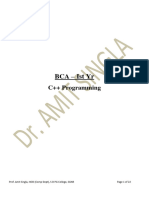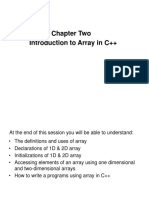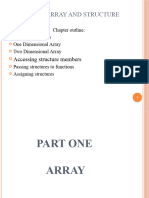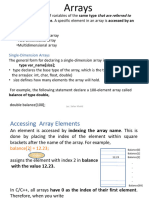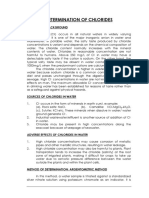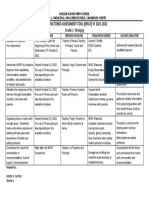0% found this document useful (0 votes)
35 views31 pagesLecture 2 - Arrays cs1004 Spring 2025
The document provides an overview of arrays in Object-Oriented Programming, explaining their definition, usage, and basic operations such as initialization, input, and output. It covers both one-dimensional and two-dimensional arrays, including examples of how to declare, process, and manipulate them in C++. Additionally, it highlights important concepts like bounds checking and the limitations of arrays in handling assignments and deep copies.
Uploaded by
UsmanCopyright
© © All Rights Reserved
We take content rights seriously. If you suspect this is your content, claim it here.
Available Formats
Download as PDF, TXT or read online on Scribd
0% found this document useful (0 votes)
35 views31 pagesLecture 2 - Arrays cs1004 Spring 2025
The document provides an overview of arrays in Object-Oriented Programming, explaining their definition, usage, and basic operations such as initialization, input, and output. It covers both one-dimensional and two-dimensional arrays, including examples of how to declare, process, and manipulate them in C++. Additionally, it highlights important concepts like bounds checking and the limitations of arrays in handling assignments and deep copies.
Uploaded by
UsmanCopyright
© © All Rights Reserved
We take content rights seriously. If you suspect this is your content, claim it here.
Available Formats
Download as PDF, TXT or read online on Scribd
/ 31









